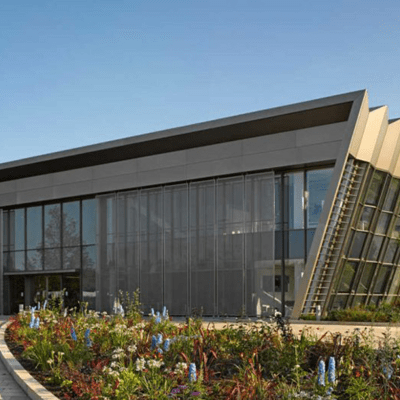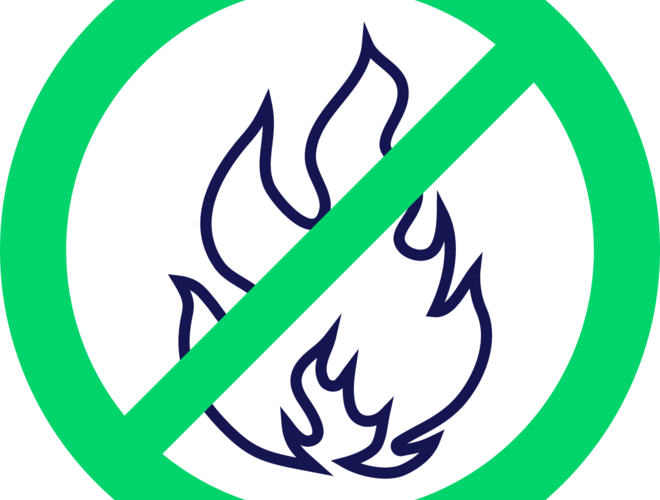
Author
Bailey
In the dynamic landscape of flat roofing, a new era is dawning as we witness the rise of flame-free roofing systems. This innovative approach to flat roofing installation offers a range of benefits that resonate with the growing demands for safety, sustainability, and efficiency in construction projects. Today, we explore the compelling advantages that flame-free systems bring to the forefront of modern roofing solutions.
Safety at the Forefront:
One of the primary virtues of flame-free flat roofing systems lies in the elevated safety standards they bring to construction sites. Traditional torch-on methods, while proven over the years, involve open flames during installation, presenting inherent risks. Flame-free systems eliminate these risks entirely, providing a secure working environment for roofing professionals and reducing the potential for accidents on the job site.
Environmental Harmony:
Flame-free roofing systems champion environmental sustainability by minimizing the carbon footprint associated with flat roof installations. With a focus on eco-friendly materials and construction practices, these systems align with the industry's shift towards greener building methods. By choosing flame-free options, architects, contractors, and building owners contribute to a more sustainable and environmentally conscious future.
Efficiency and Long-Term Savings:
Efficiency is a hallmark of flame-free roofing systems, offering faster installation times compared to traditional methods. This not only streamlines the construction process but also translates into cost savings for contractors and building owners alike. However, it's important to note that efficiency is not solely measured in speed; other factors, such as longevity and reduced maintenance costs, play crucial roles.
While torch-on systems have demonstrated their efficiency and durability over the years, flame-free options present a compelling case for long-term savings. The initial investment may be slightly higher, but the durability, reduced maintenance requirements, and energy efficiency of flame-free systems contribute to cost-effectiveness over the roof's lifespan.
Conclusion:
As the construction industry evolves, embracing flame-free flat roofing systems emerges as a strategic choice for those prioritizing safety, sustainability, and efficiency. By focusing on the unique advantages of these systems, we recognize the positive impact they bring to construction projects without dismissing the merits of other roofing methods. Flame-free roofing systems pave the way for a future where safety and sustainability are seamlessly integrated into the very fabric of our buildings, ensuring a secure and environmentally conscious legacy for generations to come.




